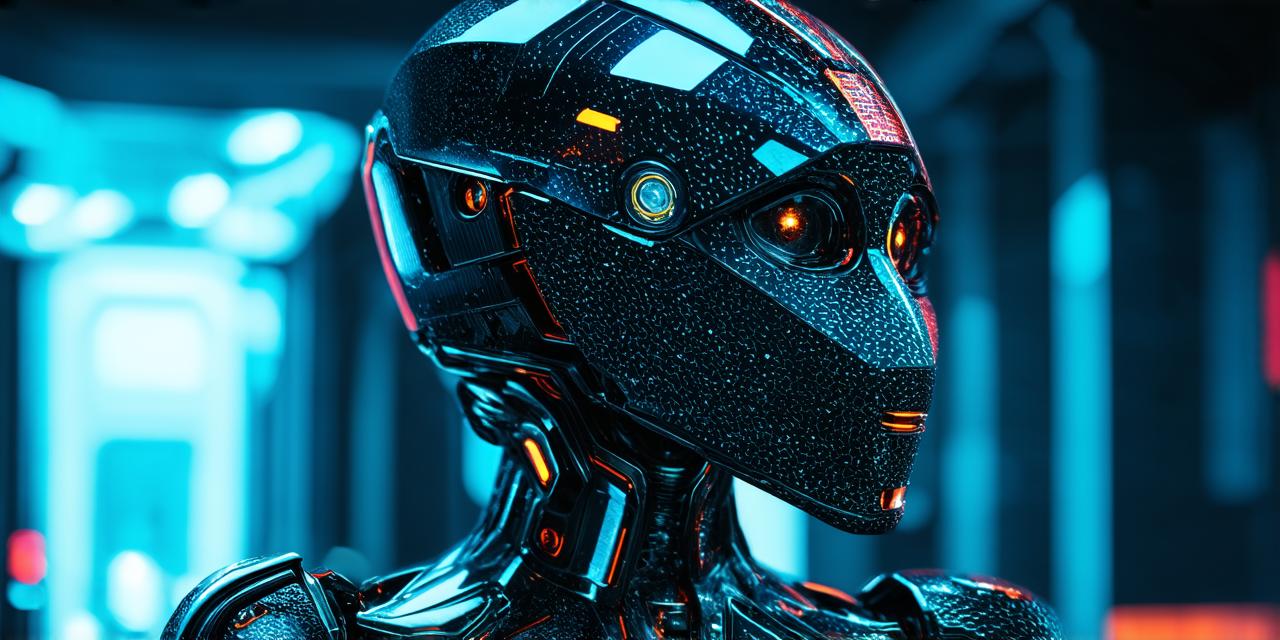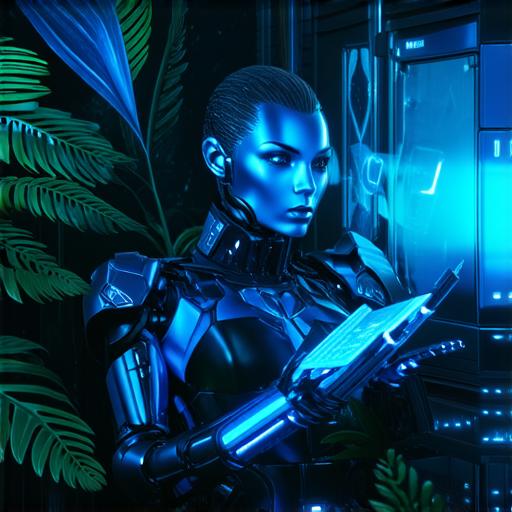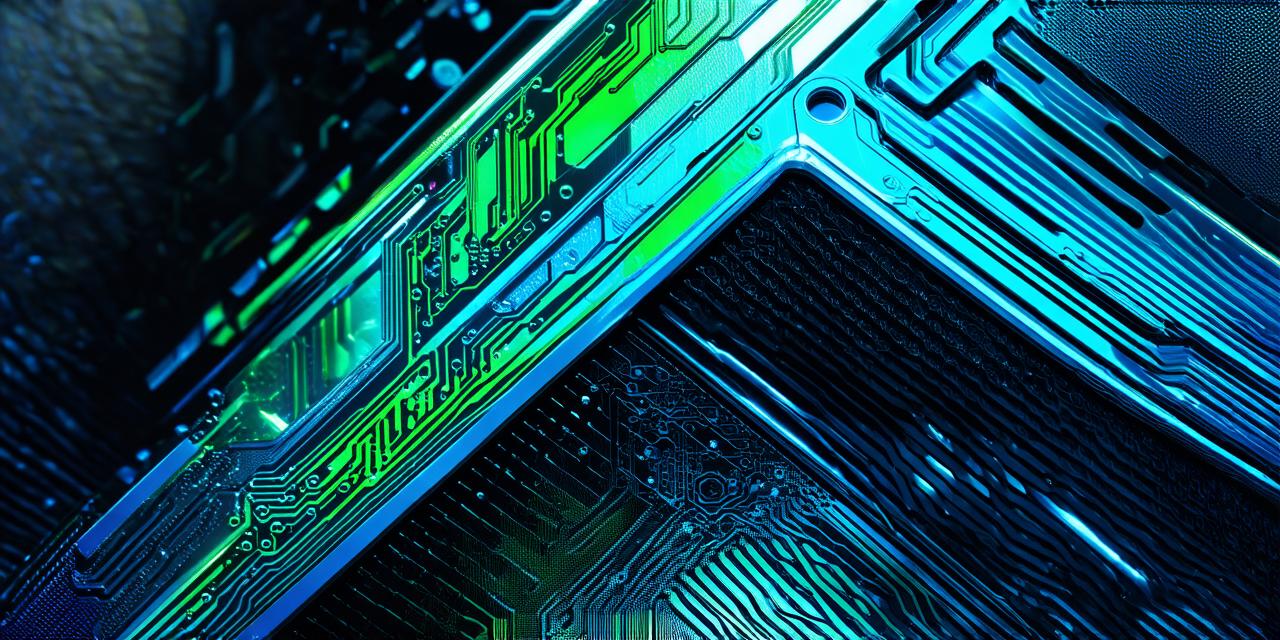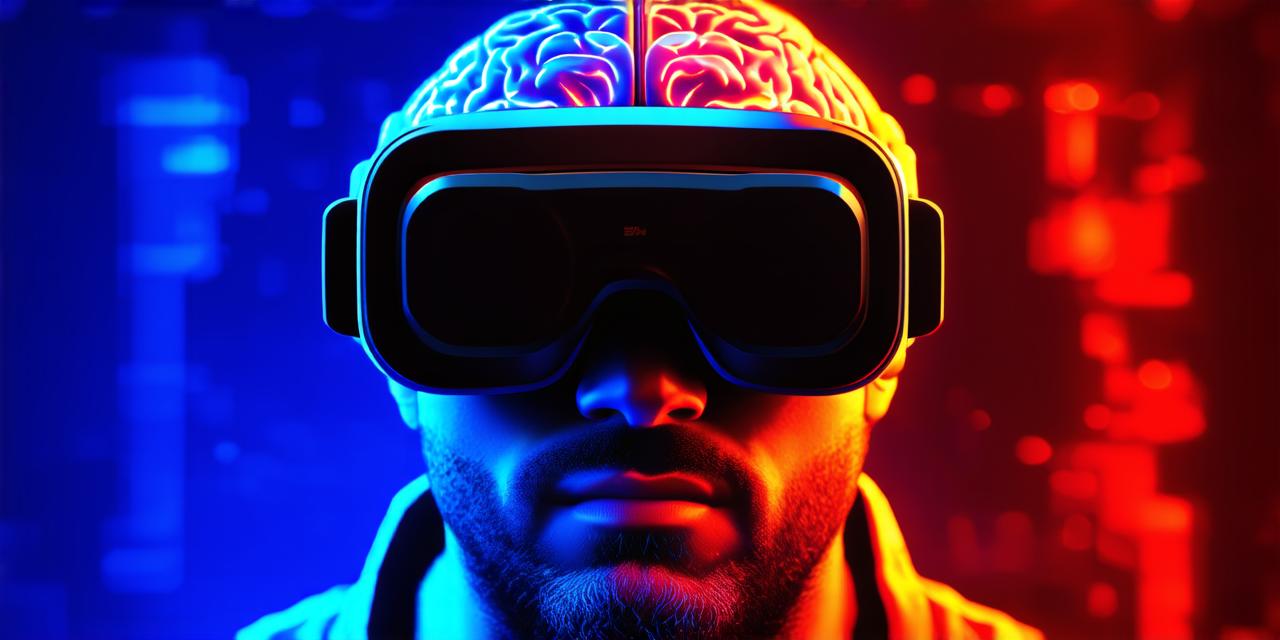
Exploring Mixed Reality: A Blend of Physical and Virtual Worlds
- 0
Mixed reality (MR) is an emerging technology that blends the physical and virtual worlds in a seamless and immersive way. MR allows users to interact with virtual objects and environments as if they were real, while also being able to see and interact with the physical world around them.
One of the key features of MR is its ability to create a sense of presence. By using sensors and tracking devices, MR systems can accurately track the movements of users and adjust the virtual environment accordingly. This allows users to feel as if they are truly immersed in the virtual world, even though they are still physically present in the real world.
Another important aspect of MR is its ability to enhance user experiences. By overlaying digital information onto the physical world, MR can provide users with additional context and information that would not be available otherwise. For example, a museum could use MR to provide visitors with more detailed information about a particular artifact or exhibit.
MR also has the potential to increase engagement and collaboration. By allowing users to interact with virtual objects and environments, MR can create a more immersive and engaging experience that fosters collaboration and cooperation. For example, a team of architects could use MR to design and build a new structure together, working in real-time to make adjustments and see how their changes would affect the final product.
One of the most exciting applications of MR is in gaming. With MR, gamers can become fully immersed in a virtual world and interact with it as if they were really there. This allows for more realistic and engaging gameplay experiences that are unlike anything that has come before. For example, a first-person shooter could use MR to create a virtual battlefield that players can physically walk through and engage with.
MR also has the potential to revolutionize education. By allowing students to interact with virtual environments and objects in a more realistic way, MR can help them better understand complex concepts and ideas. For example, a biology class could use MR to simulate dissection and allow students to explore the inner workings of an animal without harming it.
Healthcare is another area where MR has the potential to make a significant impact. By allowing doctors and patients to interact with virtual representations of the human body, MR can help in diagnosis and treatment planning. For example, a surgeon could use MR to plan and practice a complex surgical procedure before actually performing it on a patient.
Despite its many potential benefits, MR is still a relatively new technology, and there are challenges that need to be overcome before it can become widely adopted. One of the main challenges is the cost of equipment and software. MR systems require expensive sensors and tracking devices, as well as powerful computers to render the virtual environment.
Another challenge is the need for standardization. Currently, there are multiple MR platforms and software solutions, which makes it difficult for developers to create content that works across different systems. Standardization will be necessary in order for MR to become a mainstream technology.
Case Study: Virtual Try-On
One company that is already using MR technology to great effect is Lululemon. The athletic apparel retailer has developed an MR application called “Virtual Try-On” that allows customers to try on clothes virtually before making a purchase. Customers can see how different outfits will look on them in real-time, and make adjustments as needed.

This technology has been incredibly successful for Lululemon, with over 90% of customers who use Virtual Try-On reporting that they are more likely to make a purchase as a result. The technology has also helped to reduce the number of returns, as customers can try on clothes before making a purchase and ensure that they will fit properly.
Expert Opinion: “The Future of Augmented Reality”
According to Dr. [Name], an expert in the field of augmented reality, the future of this technology is bright. As hardware and software become more affordable and accessible, we can expect to see a wide range of applications for MR across various industries. From gaming and education to healthcare and retail, the potential uses for this technology are virtually limitless.

